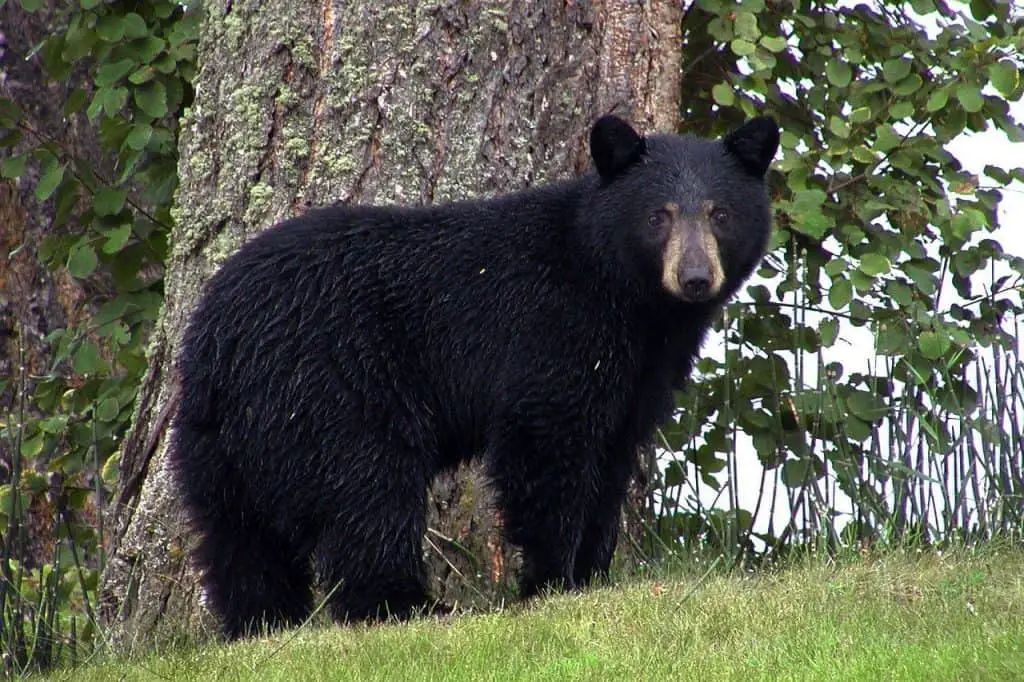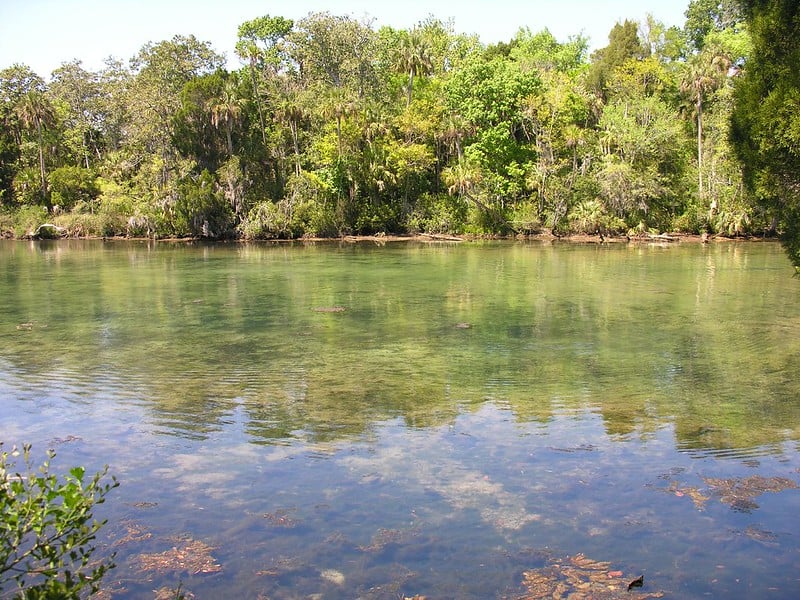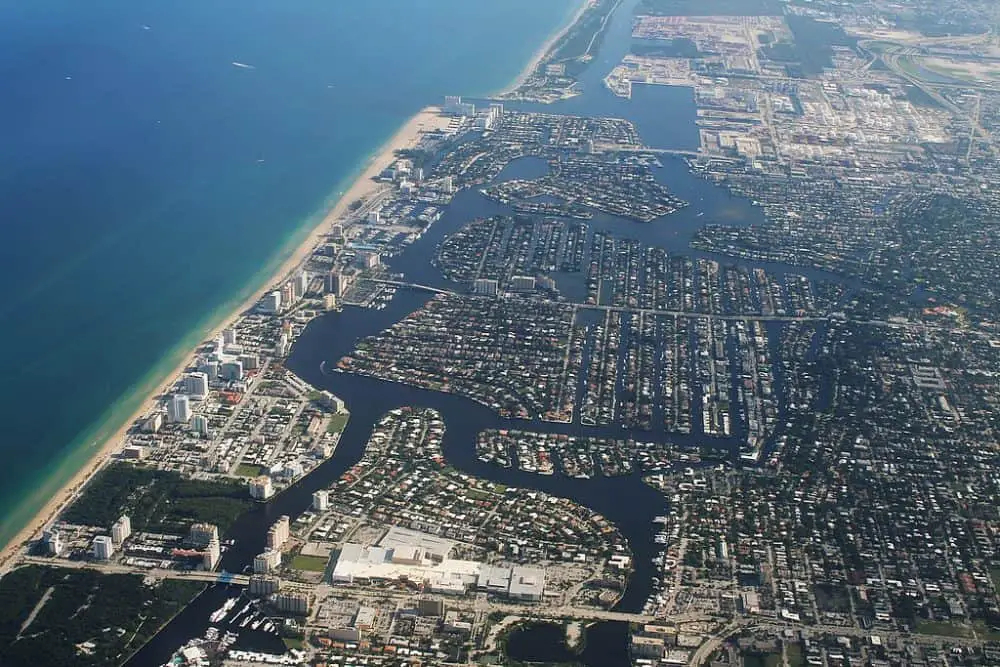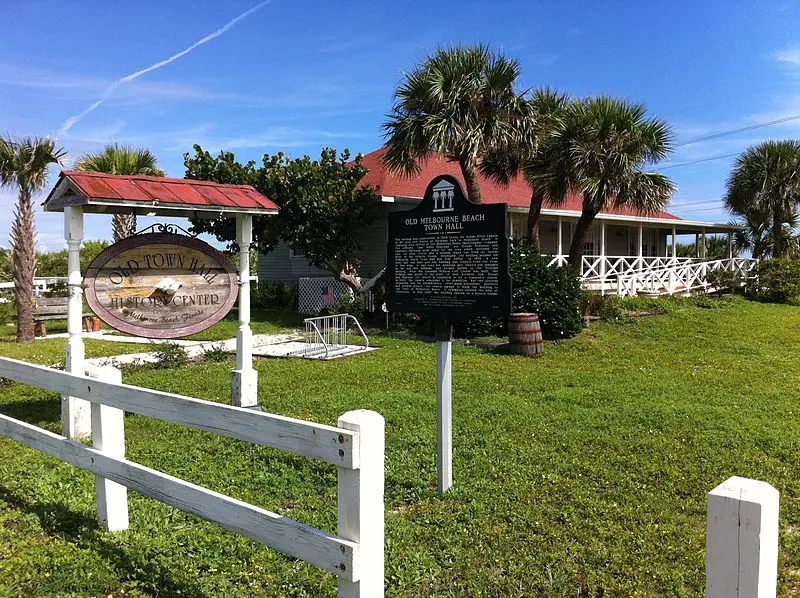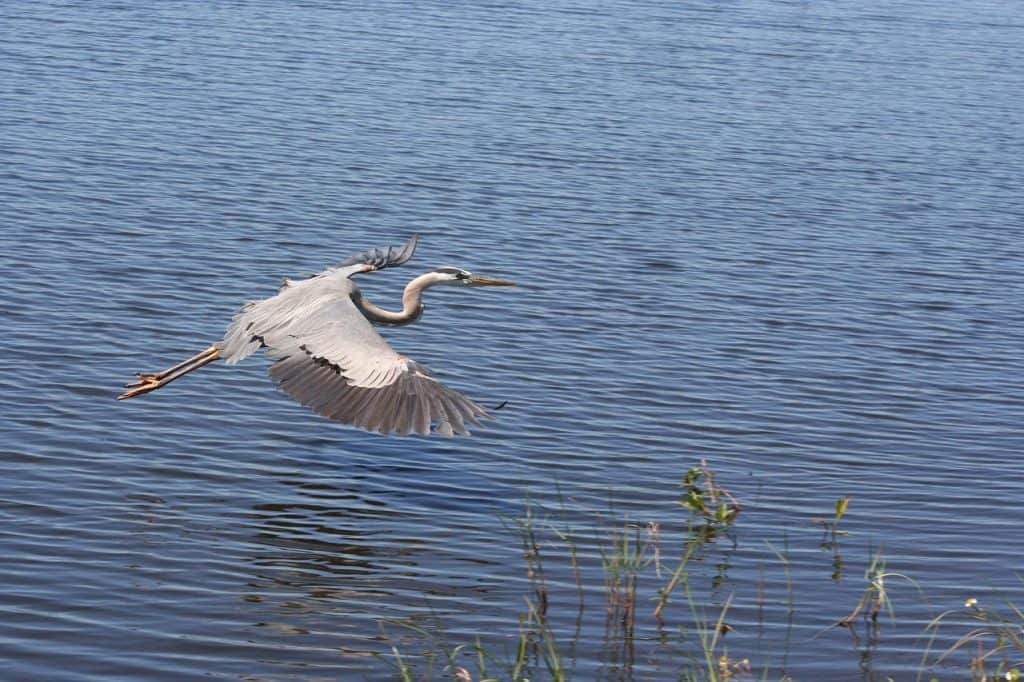Are you wondering are there bears in Florida? Where do Florida black bears live? According to History, Florida was entirely home to the popular black bear population. This was years back before Europeans invaded the place and forced the 10,000+ bears out of the area.
Years later, the number of these bears has significantly reduced by close to 60%.
After people displaced the black bears, some of them scattered to nearby states of Alabama, Mississippi, and Georgia. Those left in Florida sought residences in private lands while others went to public areas.
Bears love forested habitats.
That is why the majority of them are located in the big Florida forests. Ocala, Apalachicola, and Osceola National forests all have populations of this species. The Big Cypress National Preserve also has a number of black bears living there.
Reports also indicate that Okefenokee National Wildlife Refuge which connects Florida and Georgia has a black bear population. This shows the magnitude to which the species has spread from once being concentrated in Florida.
East and West Panhandle, Big Bend, North and Central Florida are some of the areas with an abundance of bears in Florida. The South and South Central too have bear populations but the animals rarely appear there.
Therefore, as long as you’re in Florida, you should expect a bear in sight. But the frequency depends on the area.
Where are bears in Florida?
Bears love to move around. That is why they will be found in areas close to pathways that allow easy migration. Apart from that, bears will be mostly concentrated in forested areas, especially where canopies are available.
This behavior explains why these bears occupy some of the biggest forests in Florida. In addition, some bears have been preserved in zoos owing to the alarming rate at which this species is becoming extinct.
Some of the zoos include:
- Brevard
- Jacksonville
- Tallahassee
- Busch Wildlife Sanctuary
- Gulf Breeze, and
- The Central Florida zoo etc.
There are more locations where bears live. Some have been captured to secure them while majority of other bears are free in public areas.
Swampy areas and Flatwoods in Florida have the highest numbers of bears. Bears love such areas because of the availability of water and food.
In such areas, it is easy for the bear to find its favorite dish. The animals love fish and succulent plants. These foods are readily available in swampy areas.
How Common Are Bears in Florida?
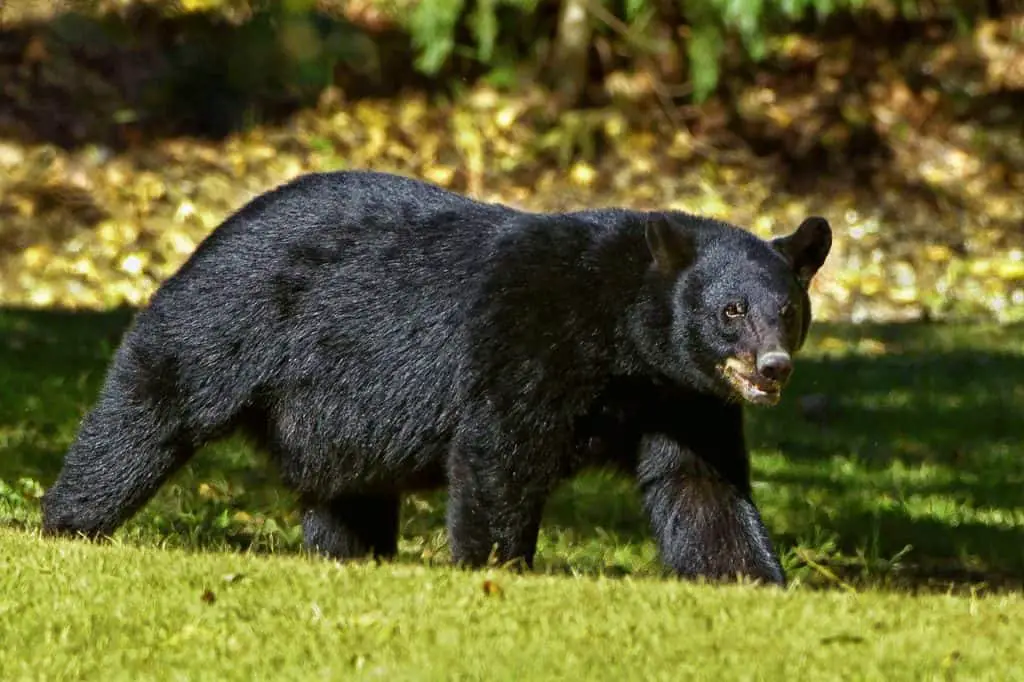
Bears are very common in Florida. It was their natural habitat before humans invaded. That is why you expect to see one or two at any time.
As time passes by, the rate at which bears appear publicly decreases. This is because of their reducing number of populations. That means the availability of bears at a particular location reduces with time.
Regardless, bears continue to be common especially in swampy Florida areas. According to myfwc.com, bear areas are divided into 4. The criteria used depends on how common the bears are in a particular area.
Bears can be very common in some areas and not in others. below are the four bear commonality areas.
They include:
- Rare areas
- Common areas
- Frequent areas
- Occasional areas
For rare bear areas, the animals have been spotted there at least once but their reoccurrence is rare. Chances of you spotting a bear in that area are so scarce, tending to zero.
Common areas are those that bears frequent. But these areas don’t have the highest number of bear appearance. The number of bears in common areas is high but second to frequent areas.
That mentioned, frequent areas have the highest number of bear population. Chances of you meeting bears in these areas are very high. Bears reproduce in these areas before spreading to the common areas.
Occasional areas are close to the common and frequent zones. For that reason, bears occasionally visit these areas but not as frequent as the common areas. Their appearance pattern is irregular, but they can appear at any time.
Also Read: 13 Facts About Animals In Florida That Will Instantly Put You in a Good Mood
Are Florida Black Bears Aggressive?
Florida bears are naturally calm and always minding their own business. If not playing with each other, they’ll be either hunting for food or mating. But, they’re Florida’s biggest animals. That means they can be dangerous if they chose to attack you.
Now, the black bears rarely attack humans. They will only do so when provoked. There are several reports of black bear attacks. In most of those, one thing stands out. The bears were acting in self-defense.
Therefore, black bears do not launch predatory attacks on people. But are very dangerous when they feel threatened. They will use their size, claws, or hoofs to pounce on any human who scares them. That is why you should not threaten these big mammals.
Their offspring also means a lot to them. That is the reason they will not hesitate to deal with any human trying to be mischievous around them. They will react immediately.
Bears don’t act dangerously. But their reactions to danger can be life-threatening considering their size and claws.
How many different types of bears are in the state of Florida?
There’s only one type of bear in Florida. And that is the black bear. According to myfwc.com, there’s another bear species located at the east of River Mississippi.
Nevertheless, the whole bear population in Florida is the black bear species. At the moment, the population has more than 4000 bears. The species had been categorized as threatened owing to the fast rate at which these animals were getting extinct.
That was then. The categorization would later change and this species is no longer considered threatened. This is despite the fact that the population continues to reduce.
During winter, the bears become sluggish thanks to the reduced food availability. Reports show that they do not hibernate. The reverse is true when summer comes. They become more enthusiastic and fuller of life because of the abundance of food.
Polar, grizzlies, and brown bears all don’t exist in Florida. Only time will tell whether these other species will migrate to Florida.

